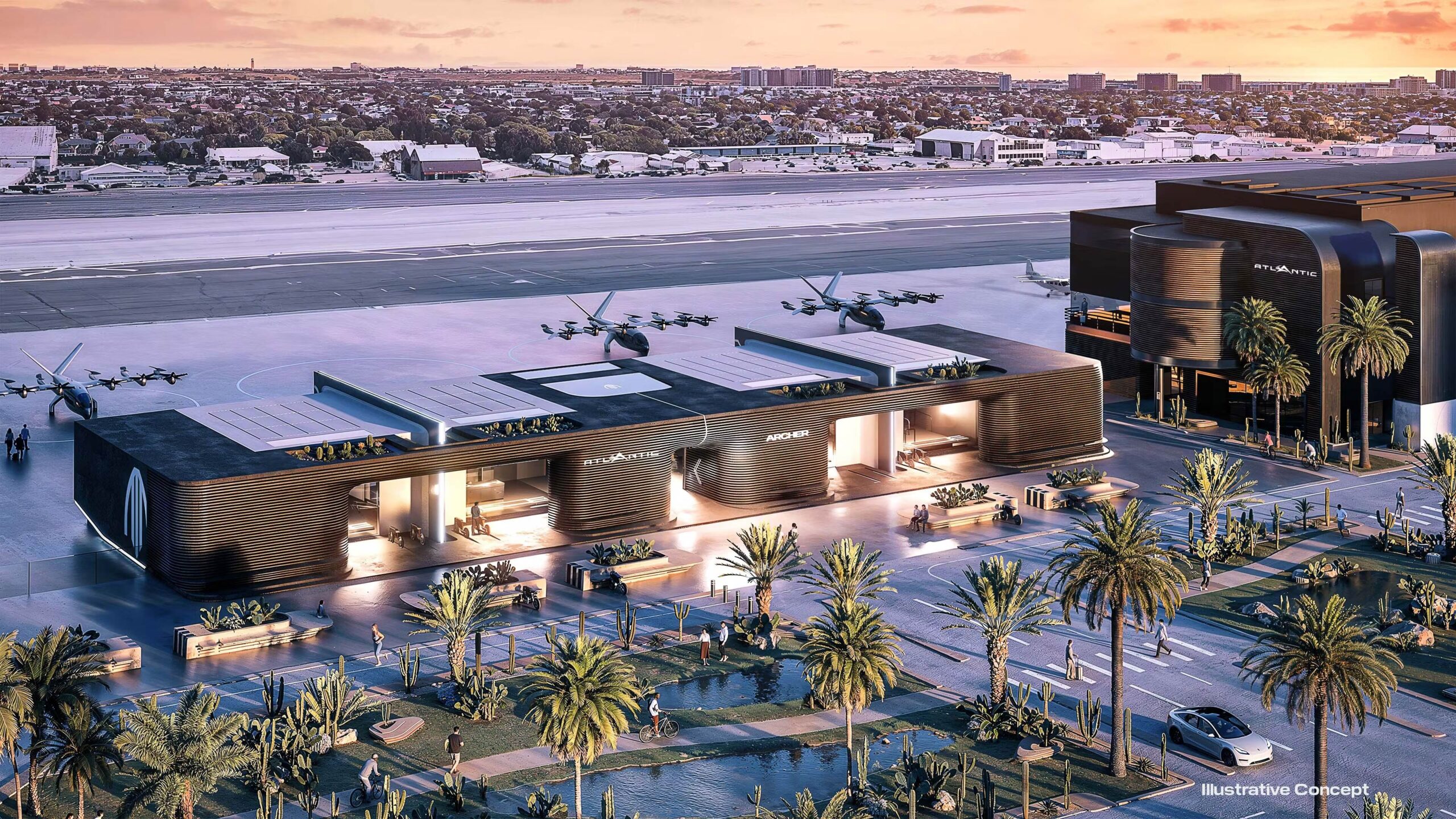Stay Up to Date
Submit your email address to receive the latest industry and Aerospace America news.
This story has been updated to correct a quote from Kevin Cox of Atlantic Aviation.
An online search for the term “vertiport” yields hundreds of illustrations and renderings of futuristic-looking buildings with roof-based landing pads where electric aircraft sit or fly away — many of them inexplicably fitted with giant ducted fans that look like something from the “Avatar” movies.
Like the films, these vertiports remain fictional — but perhaps not for long. A handful of companies are proceeding with plans to construct these new structures, while others expect to retrofit existing heliports to accommodate electric vehicles and their chargers. For instance, California-based air taxi builder Joby Aviation told me by email it plans to provide updates on its vertiport under construction near Dubai International Airport during this month’s Dubai Airshow. Partners in that project are U.K.-based vertiport company Skyports Infrastructure and the Dubai Road and Transport Authority.
In the U.S., airport services company Atlantic Aviation has selected locations in New York, Texas and Florida as its initial vertiport sites, said Kevin Cox, CEO of Atlantic’s vertiports division. The company runs FBOs, or fixed-base operator locations at airports that cater to private airplane owners, charter operations and corporate aviation.
While none of these vertiports yet exist beyond mockups — like the testing and demonstration platform BETA Technologies erected in Springfield, Ohio — executives say they are making rapid progress.
“We already have existing infrastructure at 105 FBO sites, and we can electrify those quite quickly” to provide the same services to electric aircraft, Cox said.
One example, he said, is Atlantic’s existing East 34th Street Heliport in midtown Manhattan, where the company is designing a new vertiport layout. Heliports are tailored only to helicopters, while vertiports are intended for electric air taxis and vertical-lift cargo aircraft, which would require electric chargers and may include different ways to divert rotor downwash gusts and additional pads for landing or charging.
“It’s a heliport, but we are committed to develop that into a vertiport, and we’ll be electrifying that in the coming year or so,” Cox said.
He said Atlantic’s Florida locations that will likely host vertiports are at or near West Palm Beach International Airport and Orlando International Airport, and near Fort Lauderdale International Airport. The company also is investigating a potential site in Boca Raton, he added.
This site selection is driven by Atlantic’s software, which crunches traffic data based on cell phone locations so planners can see exactly how traffic moves around cities and airports at different times of day. Cox said the company can access some data by income level and determine whether the traffic is likely for business or leisure.
He said Atlantic’s vertiport designers have been focused on “the smallest real estate footprint possible,” and even the possibility of aircraft landing directly at a gate or terminal without the need for taxiing.
“If we eliminate taxiing, that allows for quicker turnaround and a better passenger experience,” Cox said. But he added that designs still must account for downwash and outwash. These gusts of air from propellers can be dangerous if they pick up and fling debris or objects, or buffet people waiting nearby.
- RELATED READING: Standard-setting underway for vertiports
- RELATED READING: Study points to ideas for reducing noise at the coming air taxi vertiports
Also in Florida, Gov. Ron DeSantis last month announced the construction of two vertiports at the SunTrax facility, a test site southwest of Orlando that was previously used to test self-driving cars. Air taxi developers are to test their aircraft there by lifting off and landing at the two vertiports, which are about 1 mile apart. One vertiport is almost finished, state officials said.
“It will be the nation’s first advanced air mobility test track” and will have “dedicated airspace, driving innovative research for this new technology,” DeSantis said in a press conference. The project is part of a $15 billion investment in transportation that includes $255 million for “advanced aviation.”
Florida Assistant Secretary of Transportation Will Watts told me in an interview the vertiports are being built by Tampa-based Prince Contracting/Turner Construction. No charging stations have been added yet, and they won’t be until final decisions are made on exactly what aircraft will be operating there.
“It’s going to be [aircraft from] one of the few companies that are closest to an FAA type certificate,” Watts said, though he declined to give specifics. Three developers aiming for type certification by 2026 are California-based Archer Aviation and Joby, and Vermont-based BETA.
“We need to be partners with airports, operators and manufacturers. We want to be in stride with the market when these aircraft are ready,” Watts said.
He acknowledged, however, that design standards for electric aircraft are still evolving to ensure the vertiports can handle the downwash and outwash of much larger designs: “We sized it all for a Black Hawk helicopter.”
Wisk, another California air taxi builder, believes it is a few years away from type certification of its Gen 6 aircraft, but plans to move directly to remotely monitored autonomous aircraft with no pilot on board. Because of this, Wisk seeks to ensure high-quality GPS signals at its vertiports and clear voice communications via radio, said J.C. Asencio, Wisk’s manager of infrastructure and emerging markets partnerships.
However, those requirements would be “not much” different for a vertiport for aircraft with a pilot on board, he told me. There will be a “precision landing system that not only enables autonomy, but could also enable safer, more efficient piloted operations as well,” he added.
Asencio noted that FAA’s guidance for vertiport designs classifies these sites as a subcategory of helipads, but more guidance is expected as the electric aircraft industry matures. “That’s good because you can work with cities that have a heliport code,” Asencio said.
Wisk is identifying multiple vertiport sites in three metro areas, the goal being to construct at least four each in Los Angeles, Houston and Miami. “We are working on an agreement now to identify a location” near Ellington Airport in southeast Houston, he added.
About paul brinkmann
Paul covers advanced air mobility, space launches and more for our website and the quarterly magazine. Paul joined us in 2022 and is based near Kennedy Space Center in Florida. He previously covered aerospace for United Press International and the Orlando Sentinel.
Related Posts
Stay Up to Date
Submit your email address to receive the latest industry and Aerospace America news.




